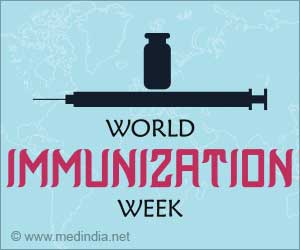Once out of earth, molecules do miraculous things. Disease-causing proteins crystallize so well; they grow larger and clearer. Hence, finding a drug to stop the protein's damaging activities could happen months, if not years, faster.
Though scientists have known for decades that some science works better in space, it obviously has not been easy to get experiments up there. Now, with NASA planning to reduce its $2.6 billion annual investment beginning in 2015, the agency is throwing the space station open for private enterprise.One of Texas’ financial scion and multimillionaire Thomas Pickens III of Big Pharma, is poised to transform space science with an injection of capitalism. "If people knew what I already know, the International Space Station would be considered one of the most valuable resources our world possesses," Pickens was quoted at the ISS National Laboratory Workshop last week. "There are things you can only do in microgravity that will eventually lead to products that could save millions of lives."
Pickens is chairman of the board of Spacehab, a company that provides equipment and services for scientists who want to send experiments into space.
Scientists have launched all kinds of things into space with unique results. One 2000 experiment found that 1,600 kidney-cell genes were expressed differently in space than on the ground. Another found colon-cancer cells showed unique metabolic changes in microgravity. But with so many possible avenues of discovery, it has been difficult for scientists to make much progress, given how limited time in space has been.
Still, one area of research has had results that can lead scientists down a clear path of drug discovery -protein crystals. "Up in space, the crystals grow bigger and better," says Tim Osslund, who specializes in protein formulation at Amgen. "The end result is higher resolution." Osslund sent some of the company's proteins to the Mir space station in 1998. His crystals grew 32 times larger in space than in an earth-grown control environment. Larger, better crystals allow scientists to see a protein at the atomic level. That kind of detail can significantly accelerate drug discovery.
Pickens, who manages a $100 million nanotechnology fund as well, believes that getting paid to grow these proteins in space could be the elixir of the International Space Station. Increased traffic to the ISS could drive down the cost of space flight and open up the station to all kinds of commercial applications, which would come in handy as NASA's financial support wanes, he believes.
Advertisement
This is why space-grown crystals are so significant. Not only do they speed drug discovery, they could also help companies find more precise drugs that cause fewer side effects. "Conceptually, better crystals grown in space could improve our hit rates," says Dr. Kam Zhang, director of structural biology at Plexxikon, a biotech firm that's solved over 3,000 protein structures and created novel drugs. Two are in clinical trials, including one potential cancer treatment.
Advertisement
"One day, I think you’ll see the space station completely occupied by commercial entrepreneurs,” says Dr. Larry Delucas, a former astronaut and director of the Center for Macromolecular Crystallography at University of Alabama-Birmingham who sits on the scientific advisory board of Spacehab.
Source-Medindia
ANN /J






